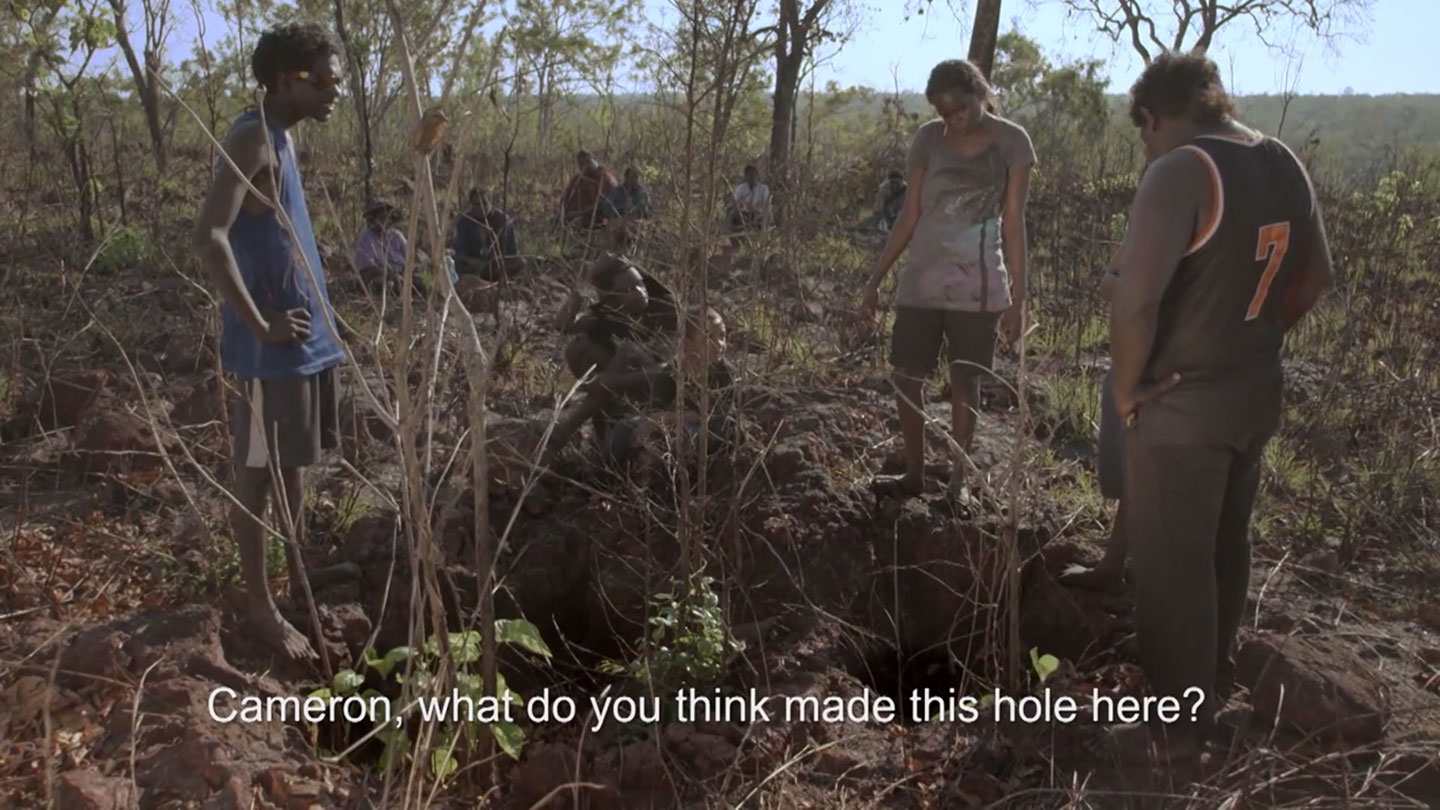This text is continued from “Geontologies: The Figures and the Tactics.”
Hannah Arendt, “The Conquest of Space and the Stature of Man,” New Atlantis, vol. 18, no. 43 (1963): 43–55; James Lovelock, “A Physical Basis for Life Detection Experiments,” Nature, vol. 207, no. 7 (1965): 568–70. See also Elizabeth DeLoughrey, “Satellite Planetarity and the Ends of the Earth,” Public Culture, vol. 26, no. 2 (2014): 257–80.
For some perspectives on the deep entanglements of knowledge, capital, and biological processes that occurred on account of the discovery of these fossils and fossil fuels, see Karen Pinkus, “Humans and Fuels, Bios and Zoe,” in A Cultural History of Climate Change, eds. Tom Ford and Tom Bristow (London: Routledge, 2016); and Kathryn Yusoff, “Geologic Life: Prehistory, Climate, Futures in the Anthropocene,” Environment and Planning D: Society and Space, vol. 31, no. 5 (2013): 779–95.
Jason W. Moore, “The Capitalocene, Part 1” →.
Joel Achenbach, “Welcome to the Anthropocene,” Washington Post, August 3, 2010, reporting on a talk at the Aspen Environment Forum, given by Dennis Dimick, National Geographic →.
Simon L. Lewis and Mark A. Maslin, “Defining the Anthropocene,” Nature 519 (2015): 171–80.
Ibid.
Yusoff, “Geological Subjects.”
For some examples of the slow shift from human to nonhuman to nonlife, see Donna Haraway, Crystals, Fabrics, and Fields: Metaphors of Organicism in Twentieth-Century Developmental Biology (New Haven, CT: Yale University Press, 1976); Dipesh Chakrabarty, “The Climate of History: Four Theses,” Critical Inquiry 35 (2009): 197–222; Claire Colebrook, Death of the PostHuman: Essays on Extinction, Vol. 1 (Open Humanities Press, 2014); Tom Cohen, “Introduction,” in Telemorphosis: Theory in the Era of Climate Change, ed. Tom Cohen (Open Humanities Press, 2012), 13–42; The Nonhuman Turn, ed. Richard Grusin (Minneapolis: University of Minnesota Press, 2015; and Eugene Thacker, After Life (Chicago: University of Chicago Press, 2010).
See, e.g., Knut Christian Myhre, “What the Beer Shows: Exploring Ritual and Ontology in Kilimanjaro,” American Ethnologist, vol. 42, no. 1 (2015): 97–115; Henrik Erdman Vigh and David Brehm Sausdal, “From Essence Back to Existence: Anthropology beyond the Ontological Turn,” Anthropological Theory, vol. 14, no. 1 (2014): 49–73; Martin Holbraad, “The Power of Powder: Multiplicity and Motion in the Divinatory Cosmology of Cuban Ifá (or Mana Again),” in Thinking through Things: Theorising Artefacts Ethnographically, eds. Amiria Henare and Martin Holbraad (London: Routledge, 2007), 189–225; Marisol de la Cadena, “Indigenous Cosmopolitics in the Andes: Conceptual Reflections beyond ‘Politics,’” Cultural Anthropology, vol. 25, no. 2 (2010): 334–70; and Philip Descola, The Ecology of Others (Chicago: Prickly Paradigm, 2013).
I elaborate the above points in Povinelli, “The Will to Be Otherwise/The Effort of Endurance,” South Atlantic Quarterly, vol. 111, no. 3 (2012): 453–75.
See, e.g., M. J. Hird, S. Lougheed, K. Rowe, and C. Kuyvenhoven, “Making Waste Management Public (or Falling Back to Sleep),” Social Studies of Science, vol. 44, no. 3 (2014): 441–65.
John Carriero, “Conatus and Perfection in Spinoza,” Midwest Studies in Philosophy 35 (2011): 74.
Brian Massumi, Ontopower: War, Powers, and the State of Perception (Durham: Duke University Press, 2016). See also Jane Bennett, “A Vitalist Stopover on the Way to a New Materialism,” in New Materialisms: Ontology, Agency, and Politics, eds. Diana H. Coole and Samantha Frost (Durham: Duke University Press, 2010), 47–69; Arun Saldanha, Sexual Difference: Between Psychoanalysis and Vitalism (London: Routledge, 2013); and Mel Chen, Animacies: Biopolitics, Racial Mattering, and Queer Affect (Durham: Duke University Press, 2012).
For example, Elizabeth Grosz has recently sought to situate the concept of difference in the work of Charles Darwin and, more broadly, in the contemporary posthuman turn. Across a rich reading of the writings of Darwin, Bergson, and Deleuze, Grosz evacuates the difference between Life and Nonlife, the organic and inorganic, by ascribing a “constrained dynamism” pulsing through both. She also differentiates the inorganic and organic by elevating one form of organic reproduction, sexual dimorphism, above all others on the basis of its complexity; it is uniquely “dynamic, open-ended, ontologically.” Elizabeth Grosz, Becoming Undone: Darwinian Reflections on Life, Politics, and Art (Durham: Duke University Press, 2011), 116.
Nafeez Ahmed, “Pentagon Bracing for Public Dissent over Climate and Energy Shocks,” The Guardian, June 14, 2013 →.
This text is excerpted from the first chapter of Geontologies: A Requiem to Late Liberalism by Elizabeth A. Povinelli. Copyright Duke University Press, 2016.
